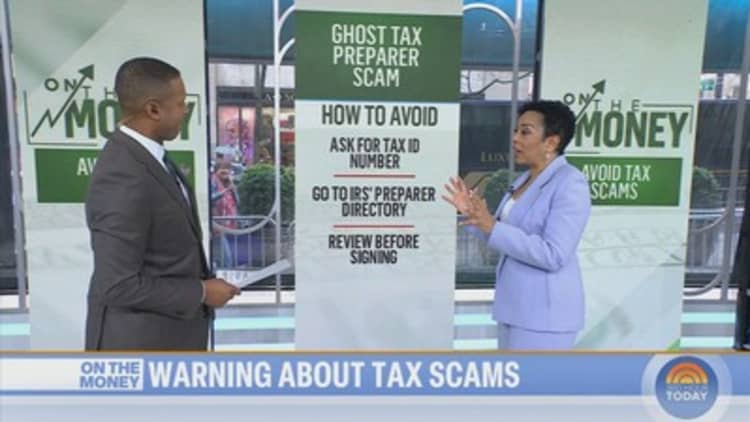Americans have been worried about being able to maintain their standard of living since inflation first began to spike in 2021. With renewed cost concerns after President Donald Trump implemented his tariff agenda, many people are prepared to do something about it.
A whopping 83% of consumers said that if their financial situation worsens in the coming months, they will strongly consider cutting back on their non-essential spending, according to a new study by Intuit Credit Karma, which polled more than 2,000 U.S. adults in April.
On TikTok, money saving hacks, with hashtags such as no buy, slow buy, low buy and underconsumption, have skyrocketed in popularity, especially among young adults. All are aimed at making the most of what you already have and resisting the temptation to buy more stuff, or even anything at all.
To be sure, Americans are feeling the pain of higher prices, with various reports showing many have exhausted their savings and have been leaning on credit cards to make ends meet.
With sweeping U.S. tariffs now going into effect, concern is heightened about the rising cost of goods and making ends meet, especially as the economy shows signs of contracting.
“Consumers are going to have to pay for the increase in prices these tariffs are going to cause and there is no way around it,” said Eugenio Aleman, chief economist at Raymond James. “The alternative is to reduce consumption, especially in discretionary items.”
More from Personal Finance:
Is now a good time to buy gold?
Why tariffs will hurt low income Americans more than rich
What stagflation risks mean for your money
A survey by Gallup last month found that inflation, housing costs and lack of money are the most commonly cited financial challenges by U.S. adults.
According to the poll, which was conducted during a period of extreme market volatility after the Trump administration announced new tariffs on most U.S. trading partners, a record 53% of consumers said their financial situation was getting worse, while just 38% said it was getting better. Additionally, 57% worried about not being able to maintain their standard of living.
A separate report by Bankrate found that 43% of adults said money now negatively affects their mental health, at least occasionally, causing anxiety, stress, worrisome thoughts, loss of sleep and depression.
“Tariffs, inflation, higher interest rates and a recession are all forces that Americans can’t prevent, no matter how much they want to,” Sarah Foster, Bankrate’s economic analyst, said in an email. “Taking proactive steps to manage your finances can provide a sense of stability and security.”
Milan says financial planning starts with a budget. “People don’t like that word,” he said. But rather than jumping on the latest TikTok trend, “sit down and pencil out what you actually are spending.”
Milan recommends flagging excess expenses that can be cut, considering which are “wants” or “needs.” Milan says he did this himself at the start of the year after getting married, and was able to cut out some recurring bills as well as subscription services that overlapped with his wife’s — to the tune of $800 a month.
“That type of exercise can be extraordinarily powerful from a cash flow perspective,” he said.
Subscribe to CNBC on YouTube.


 Finance6 days ago
Finance6 days ago
 Finance7 days ago
Finance7 days ago
 Personal Finance1 week ago
Personal Finance1 week ago
 Personal Finance1 week ago
Personal Finance1 week ago
 Economics1 week ago
Economics1 week ago
 Economics1 week ago
Economics1 week ago
 Economics1 week ago
Economics1 week ago
 Economics1 week ago
Economics1 week ago














